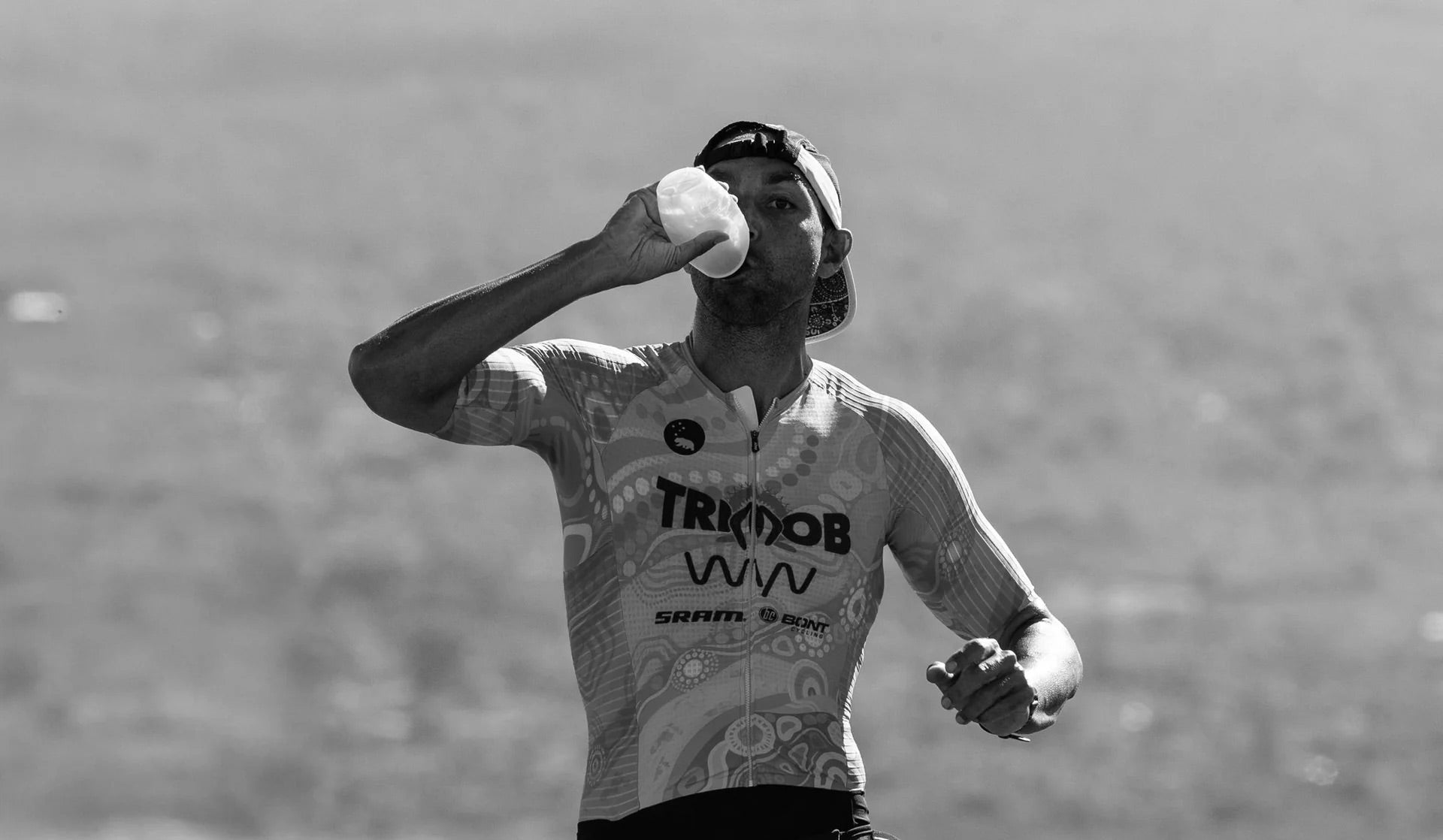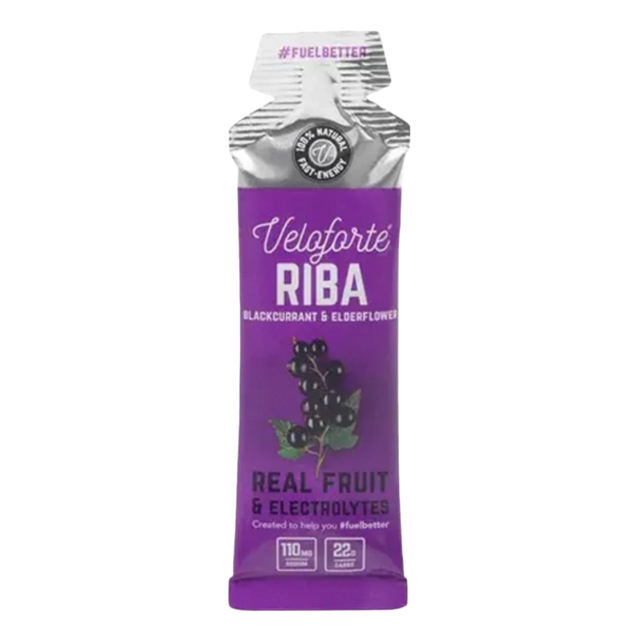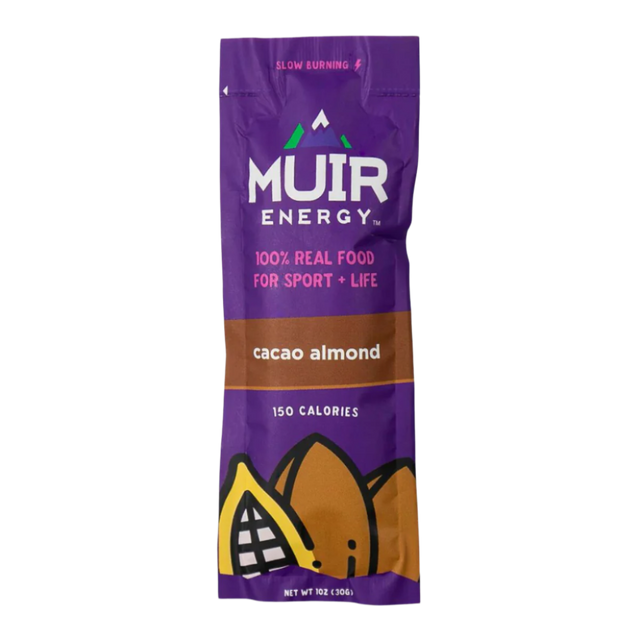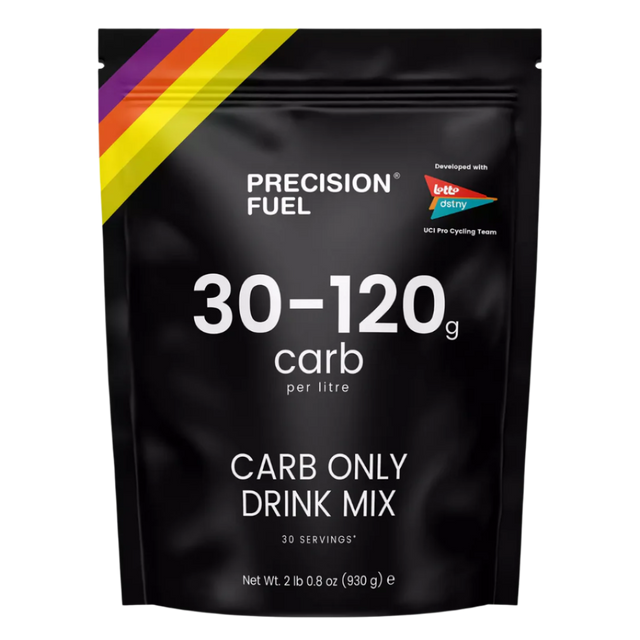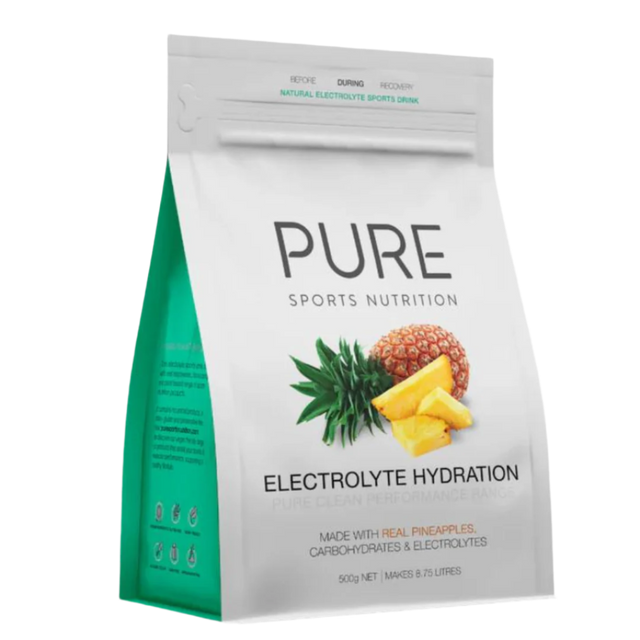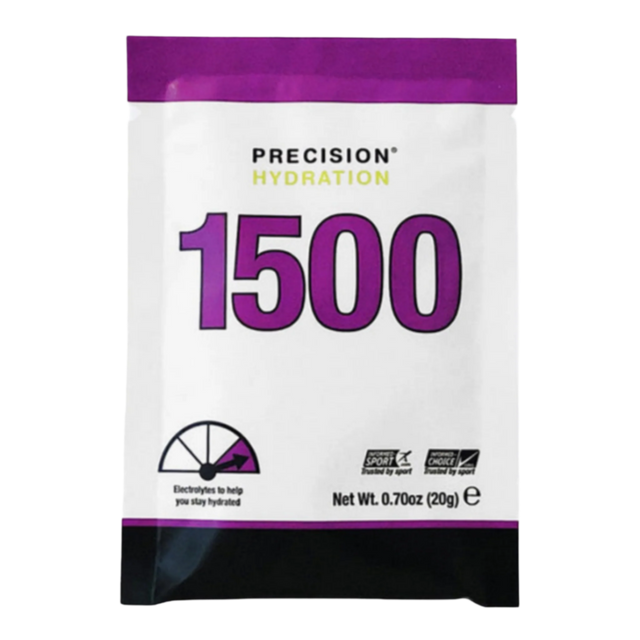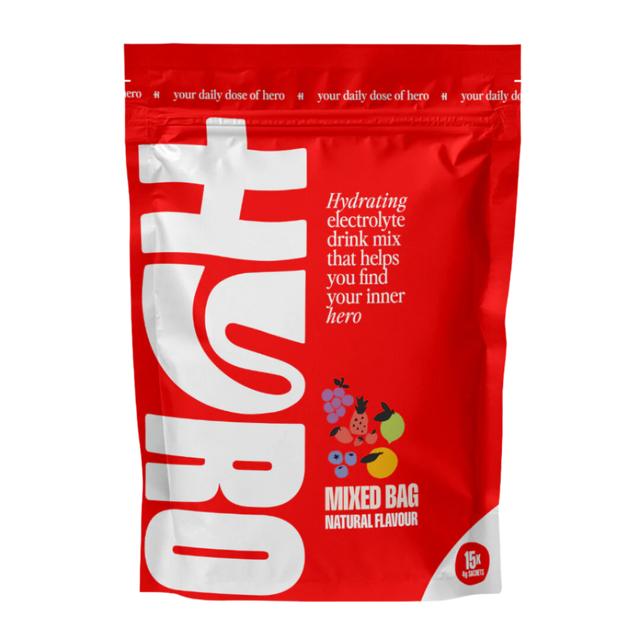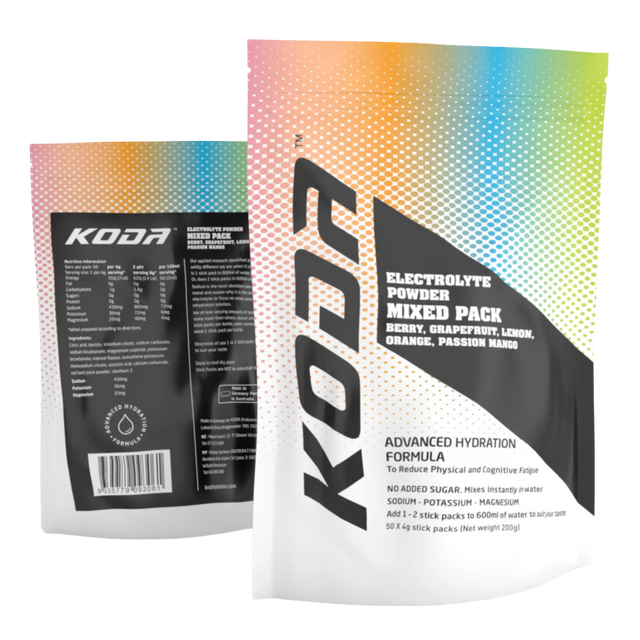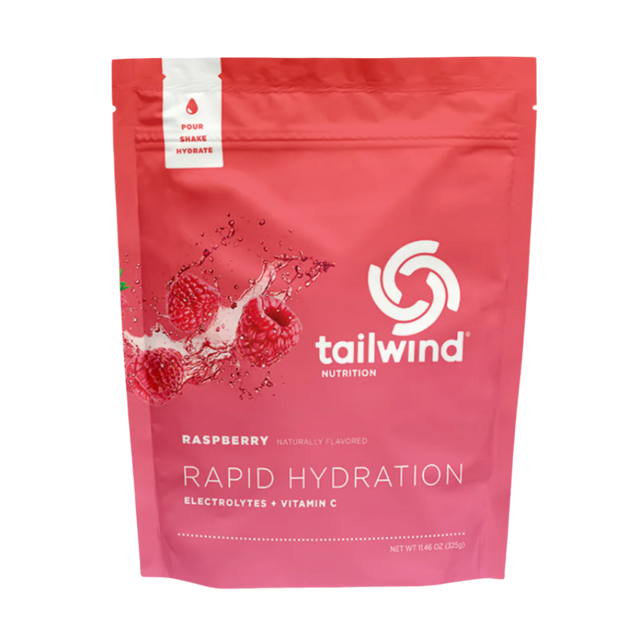Top 5 Nutrition Mistakes
Training might get all the glory but without smart nutrition, you're leaving performance gains on the table.
Too often, nutrition is the afterthought. The forgotten sidekick while training steals the spotlight. But here’s the truth. Without the right fuel, your body can’t adapt, recover, or perform at its best. After 7 years in private practice, I’ve seen firsthand how correcting just a few key nutrition mistakes can completely transform an athlete’s results. It’s time to stop sidelining your nutrition, let’s flip the script and tackle these 5 common nutrition mistakes that could be holding you back.
1. Back-Ending Your Nutritional Day
In our busy world of ‘New day new me’ mantras everywhere, I see so many clients start the day underfueled, only to crash later and raid the pantry when blood sugar levels hit rock bottom. Your body is primed for fuel in the morning after an overnight fast and a solid breakfast can make a big difference to your energy, recovery, and even body composition. Here’s why front-loading your day with good nutrition works (1,2).
→ It aligns with our circadian rhythms. Eating more earlier in the day, when your body is most active, supports better digestion, blood sugar control, and hormonal balance (3,4).
→ It supports your training. Especially if you train in the morning, eating before and after helps with energy, performance, and muscle recovery (5,6).
→ It reduces cravings later in the day. Including complex carbs, protein, and unsaturated fats keeps you fuller for longer and helps prevent afternoon or evening overeating.
If you feel you need help with this check out my meal plans online here, or reach out to me for a personalised plan.
2. Skimping on Protein
Insufficient protein intake over prolonged periods of time may lead to loss of muscle, fatigue, decrease immune function, hormone disruption, decrease transportation of numerous nutrients and increase satiety for sugar and fatty foods (7).
→ Active women need around 1.4-2.2g of protein/kg/day (menopausal women should aim for the higher end) (8,9)
→ Active men need 1.7-2.2g of protein/kg/day (10)
→ Athletes in a calorie deficit may need 2.3-3.1g/kg/day to maintain muscle (11)
3. Underfuelling
→ Under-eating can disrupt hormones, gut health, recovery, sleep, mood, and lead to fatigue, weight gain, and performance plateaus (12,13).
→ Aim for around 45 kcal/kg of fat-free mass per day to support health and performance (14).
4. Not Fuelling After Training
Nutrition before and after training is key for fuelling exercise and supporting muscle recovery.
→ Consuming high-quality protein shortly after training, ideally within 60 minutes, can help maximise muscle recovery, especially if you haven’t eaten for a few hours beforehand (15).
→ Aim for 20-40g of high quality protein as close to finishing training as possible. Post-menopausal women should aim for the higher end to support muscle recovery and adaptation (16,17,18).
→ Delaying eating post training, especially if you trained fasted, can limit your muscle-building response (19).
5. Choosing the Wrong Training/Racing Fuel
The ideal fuel source for each athlete is going to vary based on our physiology. Things like gender, gut tolerance, training load, diet, and how much you sweat should guide your choices. But many athletes skip this and copy what’s trending or what top athletes are doing, instead of choosing what actually suits their own body.
Some women and people with sensitive stomachs may struggle with sugars like fructose or in some cases maltodextrin. Choosing sports products with alternative carbs, like glucose blends, can be easier to tolerate (20,21,22,23). Consider trying;
-
Huma Gel- Lemonaide
-
UnTapped - Energy Gel (<5% fructose)
-
Maple Movement - Sap Fuel Energy Gel (<5% fructose)
-
Pure Sports Nutrition - Fluid Energy Gels - Orange / Single (50g)
-
Clif Blocks – Citrus, Ginger Ale, Orange with Caffeine, and Margarita
-
Skratch Labs Sport Hydration Mix – Lemon & Lime, Strawberries, Strawberry Lemonade
-
Tailwind Nutrition Endurance Fuel – Naked Unflavored, Lemon, Mandarin Orange, and Berry
-
GU Hydration Drink Tablets – Lemon Lime, Strawberry Lemonade, and Tri Berry
→ It’s worth noting that some of these products do contain fruit concentrates, which can contain some fructose.
Quick Tips on Sweat Composition
Everyone’s sweat rate and composition is different. Some lose more salt, others more potassium, and some mostly water. Your diet also affects this; for example, a high-sodium diet can lead to more sodium in your sweat.
To know your exact sweat makeup, a sweat test using the FLOWBIO sensor is ideal.
-
Salty sweaters may benefit from high-sodium electrolyte drinks like Precision Fuel & Hydration - PH 1500 Electrolyte Drink Mix.
-
Low-salt sweaters could choose balanced electrolyte mixes like Hyro - Electrolyte Hydration Mix - Mixed Bag, Koda Nutrition - Electrolyte Powder Mixed Pack OR Dr. Hydrate All-In-One Drink.
-
If you want carbohydrates while also optimising hydration, go for Skratch Labs - Sport Hydration Drink Mix Bag OR PeakFuel Isotonic Sports Drink
Ash Miller
Dietitian and Nutritionist (Masters)
Bachelor of Physical and Health Education
Instagram: @ashthomo_nutrition
Disclaimer:
The content in this blog is for general information only and is not a substitute for professional medical advice, diagnosis, or treatment. Always speak with your doctor or allied health team before changing your diet, exercise, or taking supplements, especially if you have a health condition or take medication. Please use this information as a guide only. Aid Station doesn't take responsibility for individual outcomes.
References
-
de Castro JM. The time of day and the proportions of macronutrients eaten are related to total daily food intake. Br J Nutr. 2007 Nov;98(5):1077-83. doi: 10.1017/S0007114507754296. Epub 2007 May 31. PMID: 17537291.
-
Silva, C.M.; Teixeira, B.S.; Wright, K.P., Jr.; Maia, Y.C.d.P.; Crispim, C.A. Time-Related Eating Patterns Are Associated with the Total Daily Intake of Calories and Macronutrients in Day and Night Shift Workers. Nutrients 2022, 14, 2202. https://doi.org/10.3390/ nu14112202
-
Sutton EF, Beyl R, Early KS, Cefalu WT, Ravussin E, Peterson CM. Early time-restricted feeding improves insulin sensitivity, blood pressure, and oxidative stress even without weight loss in men with prediabetes. Cell Metab. 2018 Jun 5;27(6):1212-1221.e3. doi:10.1016/j.cmet.2018.04.010. PMID: 29754952.
-
Panda S. Circadian physiology of metabolism. Science. 2016 Nov 25;354(6315):1008-1015. doi:10.1126/science.aah4967. PMID: 27885099.
-
Kerksick CM, Arent S, Schoenfeld BJ, et al. International Society of Sports Nutrition position stand: Nutrient timing. J Int Soc Sports Nutr. 2017 Aug 29;14:33. doi:10.1186/s12970-017-0189-4. PMID: 28854907.
-
Jakubowicz D, Barnea M, Wainstein J, Froy O. High caloric intake at breakfast vs. dinner differentially influences weight loss of overweight and obese women. Obesity (Silver Spring). 2013 Dec;21(12):2504-2512. doi:10.1002/oby.20460. PMID: 23512957.
-
Westerterp-Plantenga MS, Lemmens SG, Westerterp KR. Dietary protein - its role in satiety, energetics, weight loss and health. Br J Nutr. 2012 Aug;108 Suppl 2:S105-12. doi: 10.1017/S0007114512002589. PMID: 23107521.
-
Malowany JM, West DWD, Williamson E, Volterman KA, Abou Sawan S, Mazzulla M, et al. Protein to Maximize Whole-Body Anabolism in Resistance-trained Females after Exercise. Med Sci Sports Exerc. 2019;51:798–804 Available from: https://www.researchgate.net/publication/328692335 [cited 2020 24 Mar].
-
Sims ST, Kerksick CM, Smith-Ryan AE, Janse de Jonge XAK, Hirsch KR, Arent SM, Hewlings SJ, Kleiner SM, Bustillo E, Tartar JL, Starratt VG, Kreider RB, Greenwalt C, Rentería LI, Ormsbee MJ, VanDusseldorp TA, Campbell BI, Kalman DS, Antonio J. International society of sports nutrition position stand: nutritional concerns of the female athlete. J Int Soc Sports Nutr. 2023 Dec;20(1):2204066. doi: 10.1080/15502783.2023.2204066. PMID: 37221858; PMCID: PMC10210857.
-
Bandegan A, Courtney-Martin G, Rafii M, Pencharz PB, Lemon PW. Indicator Amino Acid–Derived Estimate of Dietary Protein Requirement for Male Bodybuilders on a Nontraining Day Is Several-Fold Greater than the Current Recommended Dietary Allowance. J Nutr. 2017;147:850–7 Available from: http://www.ncbi.nlm.nih.gov/pubmed/28179492[cited 2020 24 Mar].
-
Culbert KM, Racine SE, Klump KL. Hormonal Factors and Disturbances in Eating Disorders. Curr Psychiatry Rep. 2016 Jul;18(7):65. doi: 10.1007/s11920-016-0701-6. PMID: 27222139.
-
Pélissier L, Bagot S, Miles-Chan JL, Pereira B, Boirie Y, Duclos M, Dulloo A, Isacco L, Thivel D. Is dieting a risk for higher weight gain in normal-weight individual? A systematic review and meta-analysis. Br J Nutr. 2023 Oct 14;130(7):1190-1212. doi: 10.1017/S0007114523000132. Epub 2023 Jan 16. PMID: 36645258.
-
Morehen JC, Rosimus C, Cavanagh BP, Hambly C, Speakman JR, Elliott-Sale KJ, Hannon MP, Morton JP. Energy Expenditure of Female International Standard Soccer Players: A Doubly Labeled Water Investigation. Med Sci Sports Exerc. 2022 May 1;54(5):769-779. Doi: 10.1249/MSS.0000000000002850. Epub 2021 Dec 30. PMID: 34974499.
-
Mountjoy M, Ackerman KE, Bailey DM, Burke LM, Constantini N, Hackney AC, Heikura IA, Melin A, Pensgaard AM, Stellingwerff T, Sundgot-Borgen JK, Torstveit MK, Jacobsen AU, Verhagen E, Budgett R, Engebretsen L, Erdener U. 2023 International Olympic Committee's (IOC) consensus statement on Relative Energy Deficiency in Sport (REDs). Br J Sports Med. 2023 Sep;57(17):1073-1097. doi: 10.1136/bjsports-2023-106994. PMID: 37752011.
-
Jäger R, Kerksick CM, Campbell BI, Cribb PJ, Wells SD, Skwiat TM, Purpura M, Ziegenfuss TN, Ferrando AA, Arent SM, Smith-Ryan AE, Stout JR, Arciero PJ, Ormsbee MJ, Taylor LW, Wilborn CD, Kalman DS, Kreider RB, Willoughby DS, Hoffman JR, Krzykowski JL, Antonio J. International Society of Sports Nutrition Position Stand: protein and exercise. J Int Soc Sports Nutr. 2017 Jun 20;14:20. doi: 10.1186/s12970-017-0177-8. PMID: 28642676; PMCID: PMC5477153.
-
Why women need to prioritize protein. (n.d.). Drstacysims.com. Retrieved Jan 23, 2025, from https://www.drstacysims.com/blog/Why-Women-Need-to-Prioritize-Protein
-
Sarwar, R., Niclos, B. B., & Rutherford, O. M. (1996). Changes in muscle strength, relaxation rate and fatiguability during the human menstrual cycle. The Journal of Physiology, 493 ( Pt 1), 267–272.
-
Cho, E.-J., Choi, Y., Jung, S.-J., & Kwak, H.-B. (2022). Role of exercise in estrogen deficiency-induced sarcopenia. Journal of Exercise Rehabilitation, 18(1), 2–9.
-
Aragon AA, Schoenfeld BJ. Nutrient timing revisited: is there a post-exercise anabolic window? J Int Soc Sports Nutr. 2013 Jan 29;10(1):5. doi: 10.1186/1550-2783-10-5. PMID: 23360586; PMCID: PMC3577439.
-
Riddoch, C.; Trinick, T. Gastrointestinal disturbances in marathon runners. Br. J. Sports Med. 1988, 22, 71–74.
-
Miall, A.; Khoo, A.; Rauch, C.; Snipe, R.M.J.; Camões-Costa, V.L.; Gibson, P.R.; Costa, R.J.S. Two weeks of repetitive gut-challenge reduce exercise-associated gastrointestinal symptoms and malabsorption. Scand. J. Med. Sci. Sport 2018, 28, 630–640.
-
ten Haaf, D.S.M.; van der Worp, M.P.; Groenewoud, H.M.M.; Leij-Halfwerk, S.; der Sanden, M.W.G.N.-V.; Verbeek, A.L.M.; Staal, J.B. Nutritional indicators for gastrointestinal symptoms in female runners: The “Marikenloop study”. BMJ Open 2014, 4, e005780
-
Podlogar T and Wallis G.A (2022). New Horizons in carbohydrate research and application for endurance athletes. Sports Medicine 52.
